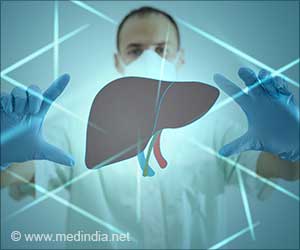A molecular mechanism that reveals why joints fail to develop in embryos with paralyzed limbs has been deciphered by a new study.
A molecular mechanism that reveals why joints fail to develop in embryos with paralyzed limbs has been deciphered by a new study.
The research, published by Cell Press in the May issue of the journal Developmental Cell, answers a longstanding question about the influence of muscle activity on developing joints and underscores the critical contribution of movement to regulation of a signaling pathway that is important during development and beyond.Joint development requires changes in gene expression that "commit" cells to becoming part of the developing joint and distinguish them from the surrounding cartilage tissue. Previous research has shown that the Wnt/?-catenin signaling pathway plays a key role in maintaining this joint cell fate and preventing joint cells from differentiating into cartilage.
It is also clear that muscle contraction is involved in proper formation of the skeleton. "We have known for over a century that embryonic movement is intimately involved in development of the joints. However, the precise mechanism by which active musculature regulates joint formation has remained elusive," explains senior study author Dr. Elazar Zelzer from the Department of Molecular Genetics at the Weizmann Institute of Science in Israel.
Dr. Zelzer and colleagues confirmed that the normal process of joint formation was disrupted in mouse models that lacked limb musculature or muscle contractility. They then noted that cells at the presumptive joint sites ceased to express classical joint markers and instead followed a pathway for developing cartilage. Local loss of ?-catenin activity explained why the joints failed to form.
"Prior to the current study, the mechanisms that underlie the contribution of movement to the process of joint development were mostly missing," says Dr. Zelzer. "Our findings show that muscle contraction is necessary to maintain joint progenitor cell fate and explain how and why movement-induced mechanical stimuli play a key role during development."
Importantly, the current results also establish joint formation as a context in which to study mechanical regulation of the Wnt/?-catenin signaling more generally. The ability to respond to mechanical stimuli may also affect ?-catenin-related tumorigenesis in disorders such as colon cancer.
Advertisement
Source-Eurekalert
RAS









